
Date: 7 August 2018
Klaus Köttering, Technical Manager at Semco puts it plainly: “If you want to be successful in the glass processing industry, you have to invest in staff, plants, and software.”
This is exactly how the Semco Group operates, since in the last 10 years, the owners have invested over 150 million euros. At the site in Nordhorn, Germany, the logistics department and the glass cutting area were equipped for the future in several steps. In this case, Semco trusts the solutions and know-how provided by LiSEC.
In this highly competitive sector, the German glass processor applies a simple formula for success: In 2017, Semco’s main business in Germany and an export share of 15% generated 217 million euros.
Köttering: “We are able to survive thanks to our extremely high product quality and delivery reliability, and we supply a segment that is prepared to pay a little more for this.“
Semco not only possesses a sophisticated niche strategy, but the company’s strengths also include investment in a float glass plant, which will ensure access to a certain capacity and types of glass in the future.

Performance increase
The reason for the investment in glass cutting and logistics at the site in Nordhorn was the machine park, which had aged. On the one hand, the objective of purchasing the new systems was to increase performance, and on the other, to provide physical relief to the workers.
Frank Heckmann, Technical Branch Manager in Nordhorn: “The new glass cutting system currently achieves 260 m² float glass and 75 m² laminated safety glass (LSG) per hour. Previously, we operated three LSG cutting systems with four people per shift; now we have an LSG cutting system that we can operate with one person in three shifts.“
Köttering adds: “We’re increasing the level of automation, because it becomes more difficult in the future to find employees for physically demanding work. Several tons of glass need to be moved every day at numerous workstations. Overall, the goal is to no longer need to touch the glass by hand, since we want to rule out the risk of damage to the glass and the danger of injuries, as well. However, we need employees who are qualified to operate automated systems - so we need brains as well as brawn.”

Challenges in a tight space
At its start, the challenges of the project certainly include the definition of the objectives, as well as the compact space constraints on-site.
Heckmann continues: “We needed time to specify the mutual requirements and expectations we had. Ultimately, LiSEC was the only provider, who was able to implement our needs within the limited space constraints. You can’t find a system as compact and personally tailored as LiSEC installed for us a second time. Now it’s all about fine tuning, which we’re working on together. Potential can only be fully realised if your business partner really understands the processes involved and is also able to contribute a certain amount of flexibility.”
One example of this type of cooperation is the approach of using tilting tables as a storing station - this provided Semco a performance increase of nearly 30% in one single step.

The LiSEC Solution
The LiSEC solution for increasing performance in the area of glass cutting and logistics at Semco consists of a combination cutting system for float and LSG glass sheets including and X, Y, and Z cutting bridge. Above all, the close communication between the software and machine is unique.
The LiSEC software functions here as an upstream production planner, whereby all of the collected data may be displayed to the customer as they require to help with daily business. Optimisation of the LSG jumbo sheets were coordinated specifically according to the customer’s system.
One additional important advantage is dynamic optimisation (LiSEC DynOpt), in connection with the sorting buffer. To avoid wastage automatically during running operations, these are filled with subsequent sheets. The correct sequence of sheets is restored in the sorting process. Complicated handling with scrap sheets is therefore reduced to the minimum.
Unique LiSEC Service
The project, which is unique in its scope, requires the involved parties and persons to be willing to learn. Köttering with regard to project cooperation with LiSEC: “LiSEC is unique because the company consciously focuses on further development of automation and also offers this to their customers.”
Heckmann adds: “I think the level of service is especially noteworthy. No one else offers the great service that LiSEC does - when you call, you receive help immediately, and not ‘we’ll call you back’, etc. - that’s really wonderful.”
Köttering: “We’re implementing a multi-supplier strategy, since we’re looking for the best products on the market to buy. LiSEC clearly has the potential and the will to work together with us on solutions. They respond to us as equals, which is why I can imagine a development of our partnership with them quite easily. My dream is to be able to monitor all of our plants and processes on a single monitor, and I hope that LiSEC will enable us to do this.”
“It’s not enough for us to have satisfied customers. We want to have really excited customers.”
Klaus Köttering, Technical Manager of Semco
Semco Factbox
- Founded: 1997 with the fusion of Schüller Qualitätsglas and Isoglas Nordhorn
- Employees: 1,500
- Locations: 18
- Revenues 2017: around 217 million euros
- Most important sales market: Germany (export rate approx. 15%)
- Business sectors: Basic glass, safety glass, functional glass, curved glass, glass design
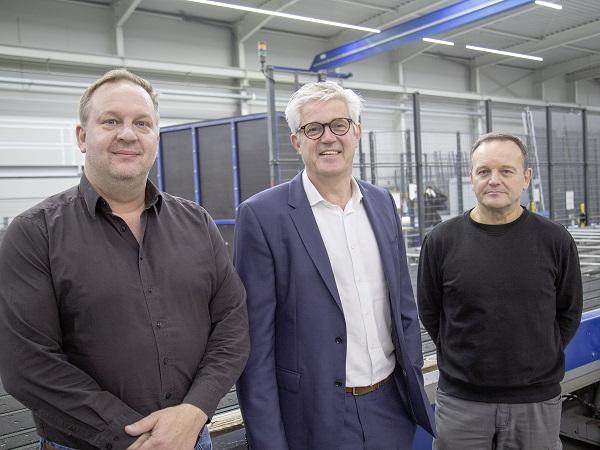 600450
600450


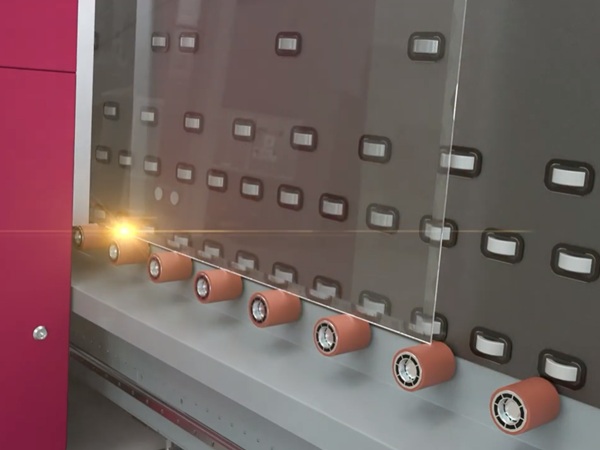

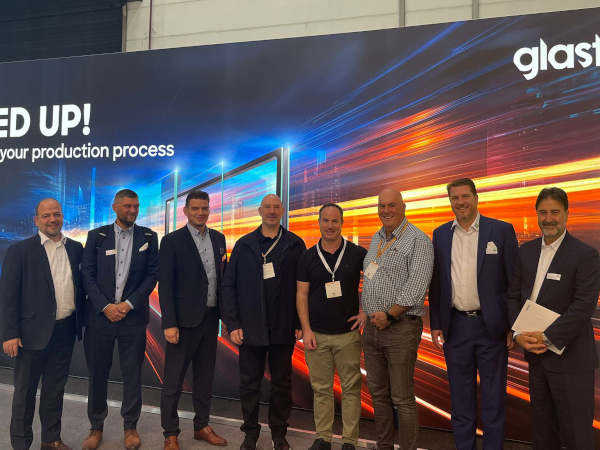
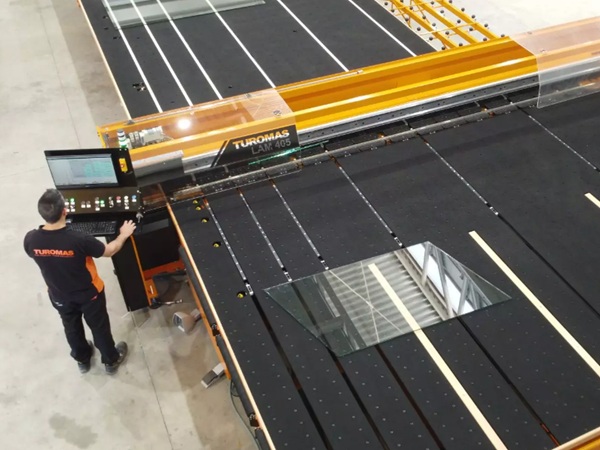



















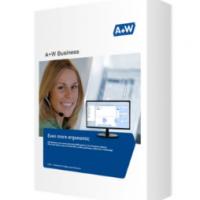

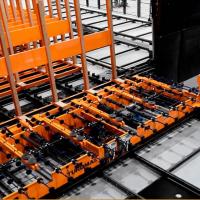
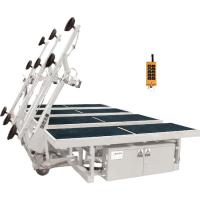


Add new comment